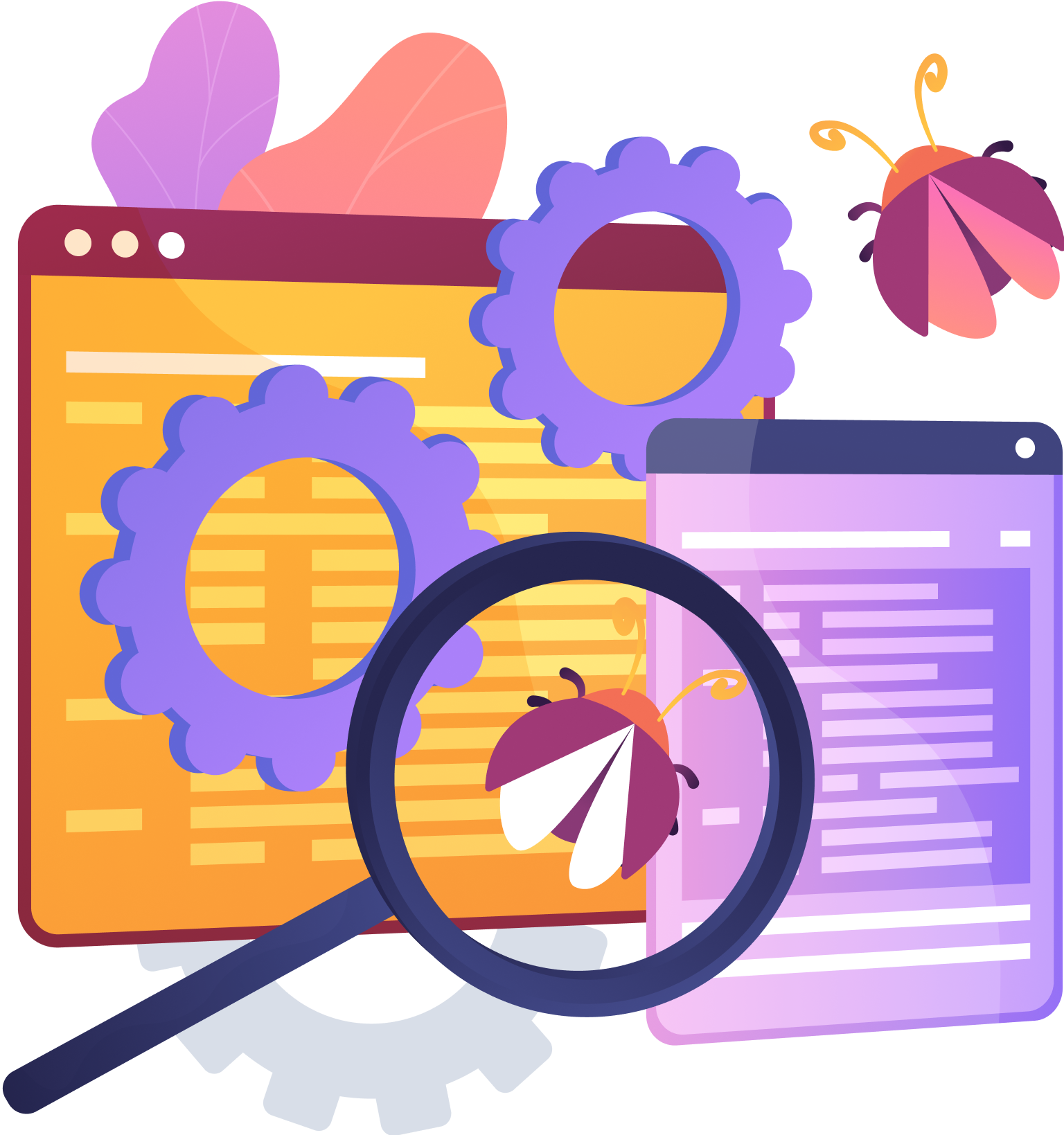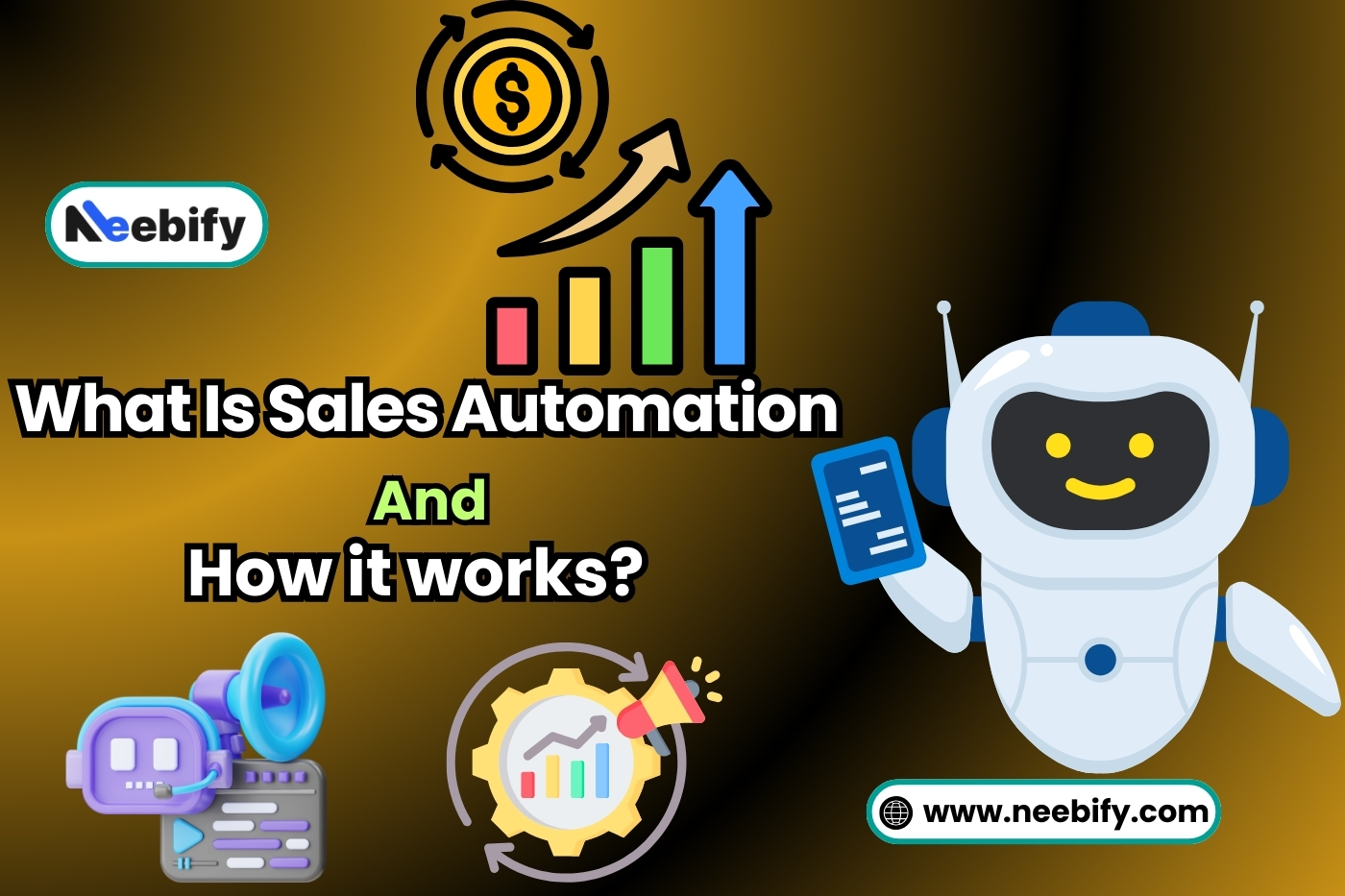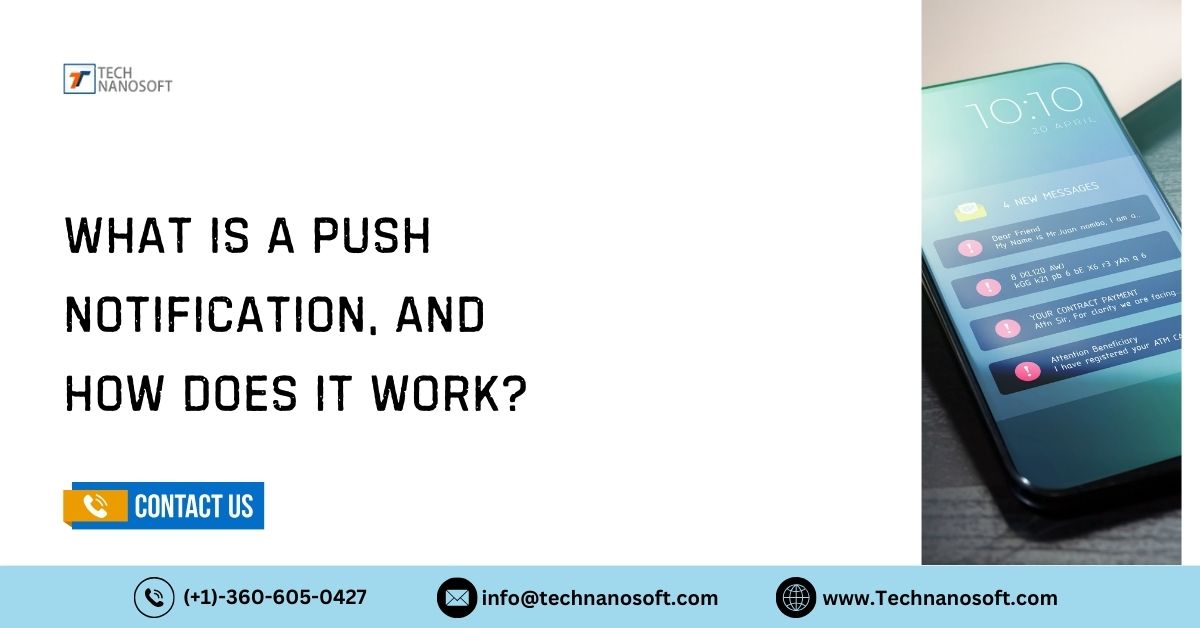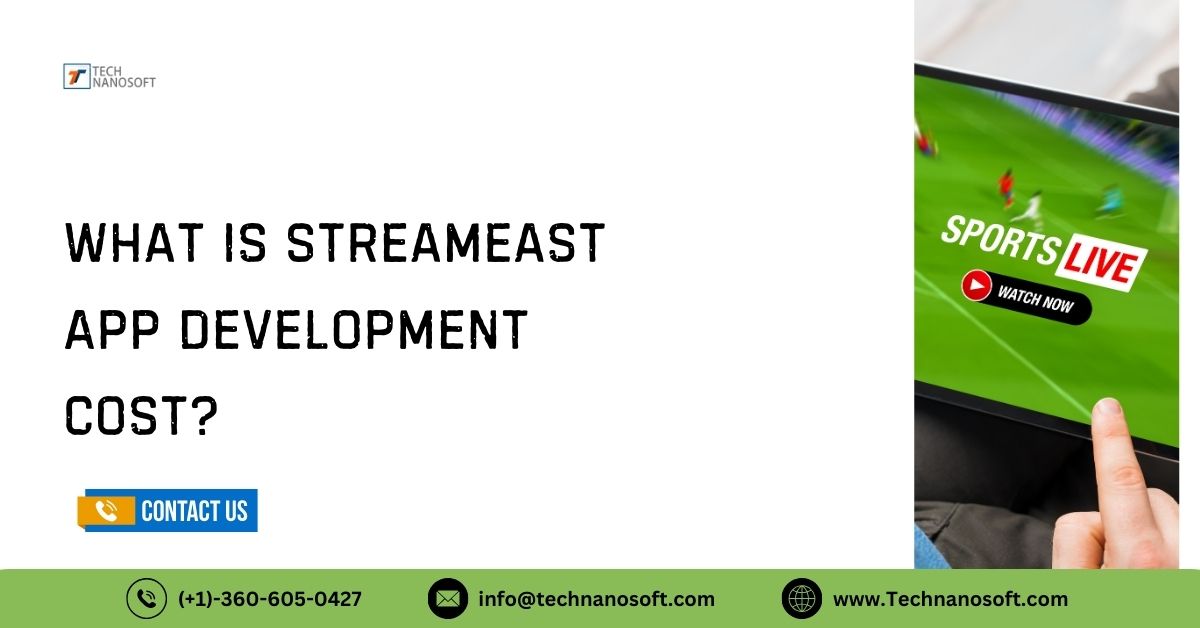Manage IoT Devices Remotely With the Help of an App And Cloud Platform
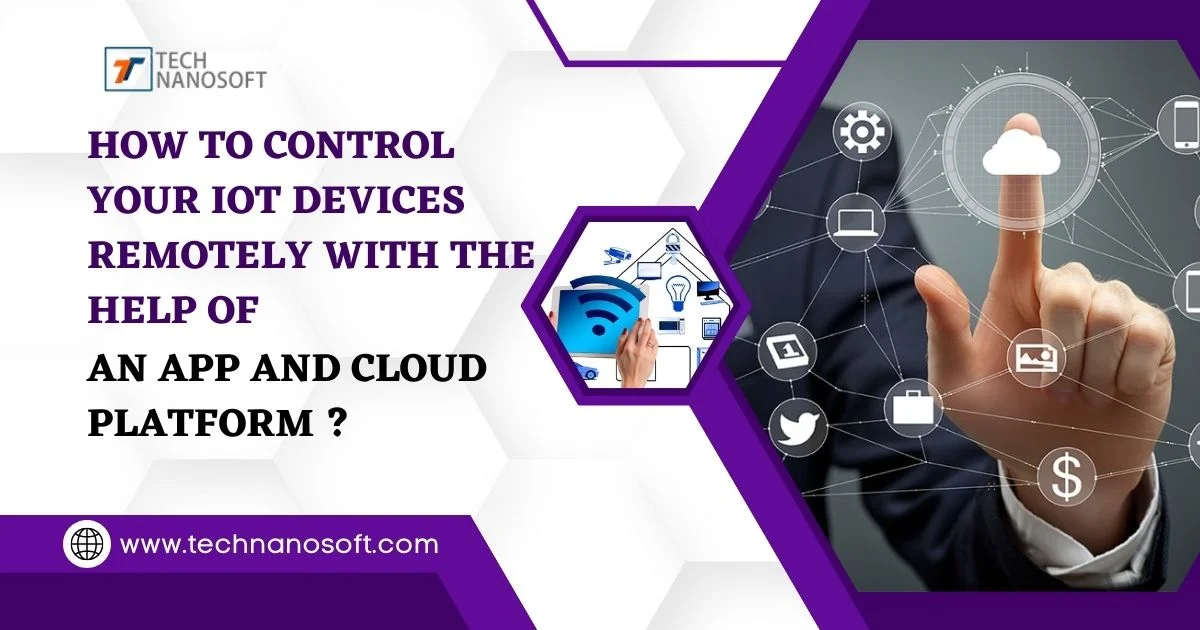
Remote IoT management platform has become a top priority for businesses and organizations where decentralized operations are becoming the norm today. Many organizations are turning to mobile applications and cloud platforms to make this process more manageable and efficient.
Here we will discuss how mobile apps and cloud platforms can help manage IoT devices remotely, the benefits, and critical features to look for. Some standards of popular media can help remotely control it.
Remote IoT management software can help you access software and your Home Automation Devices from your Smartphone. If you need to access this Device in real-time on the cloud but need to know the IP Address or port number, Android and IOS can be the perfect solution at cost-effective.
Most IoT developers agree that connecting to and managing their devices remotely is super important, especially when it comes to monitoring them.
Examples of Internet of Things Devices
With new IoT devices hitting the market daily, you need to know which will be worth your time, effort, and money. It is easier said than done.There are numerous things to consider, like the level of support needed for the software, how easy it is to install/deploy, and most importantly, how much does it cost?
The Internet of Things connects vehicles and home appliances that use software and sensors to the Internet. These devices, including innovative grid technologies, have built-in sensors, algorithms, and wireless communications to collect and exchange data. It can monitor home utility consumption, smart metering for electricity and gas consumption, and intelligent appliances. Report usage back to an energy supplier for monitoring or making a purchase, medical systems that keep track of a patient's health, and wearables, such as sensor-equipped t-shirts that read your vitals.
Here's what remote IoT device solution contains:
1. Bluetooth
2. In-built sensors
3. Radio-Frequency Identification (RFID)
4. Near-Field Communication (NFC), and
5. GPS
6. Remote IoT Device Software
What are the Types of IoT Devices?
IoT devices are everywhere, from your home to your car, but managing these can be challenging for the average user. That's why innovative solution comes in. This system allows users to connect IoT device remotely without being physically present using tracking sensors, even in hard-to-reach locations.
There are two main remote IoT management platform types:
First are those that run on a local network (LAN) and those that donut don't. The former is used primarily by businesses and institutions with large networks of sensors; they allow users to manage remote IoT devices directly through the Internet.
The latter type of system uses wireless networks like Wi-Fi or cellular data services to connect with each instrument individually via an app on the user'suser's phone or computer.
There are many types of IoT devices, including:
1- Smart Home Devices
2- Wearable Devices
3- Industrial IoT Devices
4- Connected Car
5- Smart Cities Infrastructure
6- Healthcare Device
7- Agricultural IoT Devices
8- Retail IoT Devices
9- Environmental Monitoring Device
10- Smart Energy Devices
IoT technology has been around for decades. It'sIt's only recently that it has become widely available due to improvements in battery life, bandwidth, and data storage capabilities of microchips. It has enabled companies such as Google and Amazon to develop their platforms for managing large-scale deployments of
connect iot device remotely.
How Do IoT Devices Work?
The Internet of Things (IoT) is a network of physical devices, vehicles, buildings, and other items embedded with electronics, software, sensors, actuators, and connectivity, enabling these objects to connect and exchange data.
IoT is a concept that refers to uniquely identifiable objects (things) and their virtual representations in an Internet-like structure. Each item is uniquely identifiable through its embedded computing system but can interoperate within the existing Internet infrastructure.
These objects can sense and communicate using various technologies such as RFID, GPS, Glonass, or other communication protocols. They can be tracked using augmented reality technologies like visual marker recognition (VMR), object recognition (OR), hyperspectral imaging (HSI), infrared sensing (IR), etc., which will be covered later in this article.
Apart from these sensors, some other sensors can be used as alternative means of tracking, such as accelerometer sensors or gyroscope sensors, which can provide positional data without any external reference point or landmarks around them.
How Does IoT Device Management Work?
IoT devices are a great way to streamline your business and improve your customer's customers experience. But they can be challenging to manage, especially if you're trying to do everything remotely.
Remote device management is the perfect solution to manage IoT devices on the go—whether working in an office or travelling worldwide. With an appropriate management solution, you can monitor your devices from anywhere, so you never have to worry about missing something important.
Remote IoT management software allows you to keep an eye on all your IoT sensors, ensuring that they're working correctly and providing accurate information at all times. You'll never have to worry about someone tampering with your equipment or making unauthorized changes because everything is secure behind a firewall when you use a remote IoT Platform !
The IoT platform remote access helps businesses overcome their most significant challenges by providing them with the tools they need to run their businesses more efficiently than ever before. It includes Remote IOT Device Management, Remote IOT Monitoring, and Remote IOT Security Solutions for Small Businesses."
Remote management involves installing sensors on each IoT device, which then sends data back to a central server or platform where it can be analyzed and acted on. It can include monitoring temperature, air pressure, electric current, and more. The data is then analyzed by software to identify any issues with the device or its environment.
The second part of managing these devices involves using an IoT platform that provides all the tools necessary to manage these devices remotely. It includes dashboards to see all your devices and an overview of their functioning analytics systems. Every monitor, sensor and alert system notifies you when something goes wrong with one of your devices.
Final Words
With the help of an app and cloud platform, it can be a very convenient and efficient way to manage IoT devices. With the proper setup, remote IoT management software can control devices remotely anywhere and anytime with the right cloud platform. Then, you'll need to develop an app that can connect to the cloud platform and interact with your devices.
Click Here: Get High-Quality Products With Custom Software Development Service Provider In Charlott

